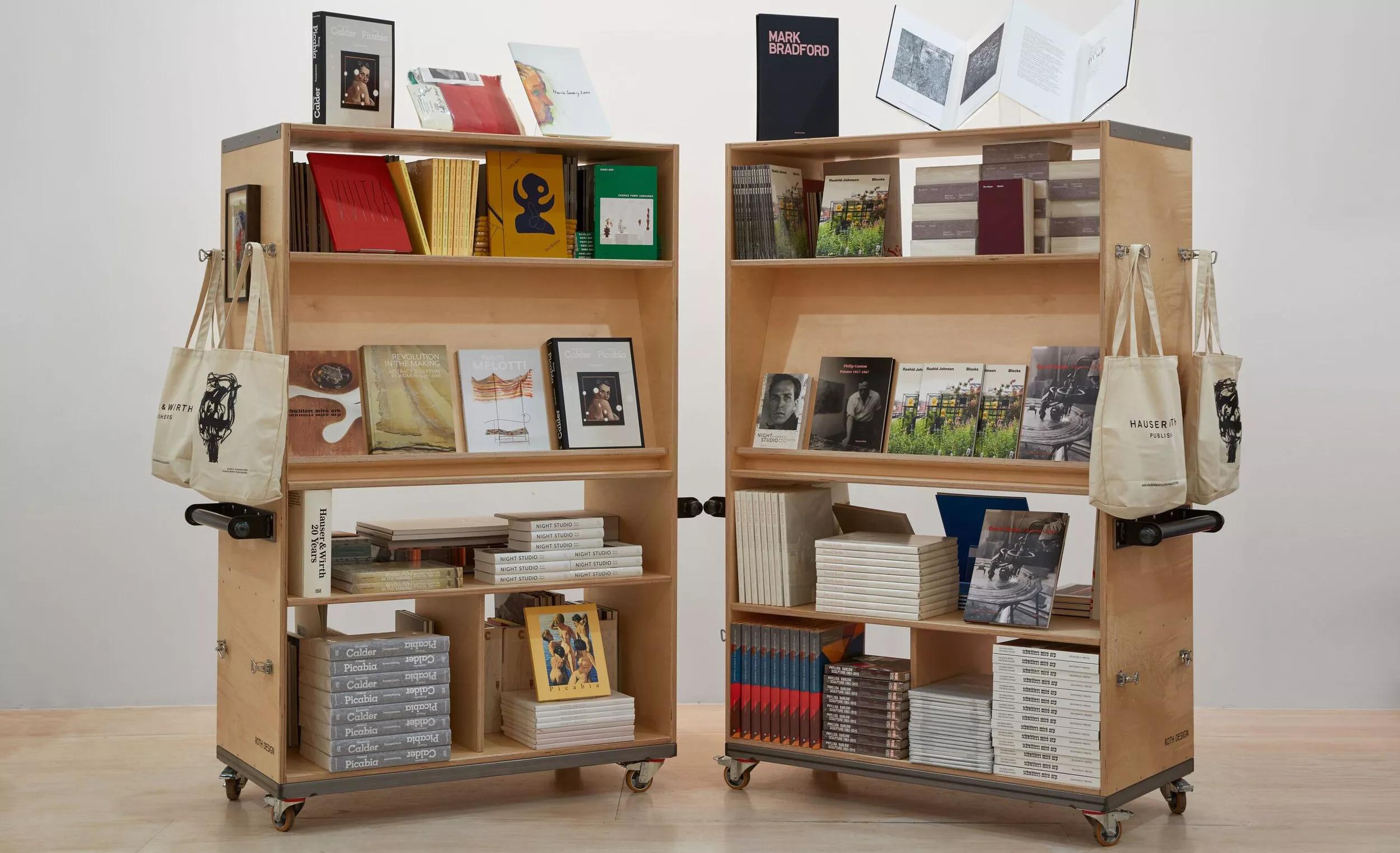
Lucio Fontana, Concetto spaziale, Attese, 1965
Lucio Fontana’s Tagli
by Olivia Tait
‘Concetto spaziale, Attese’ (1965) is a seminal work from Lucio Fontana’s most renowned and celebrated body of work, his instantly recognizable Tagli (Cuts) produced over the course of a decade between 1958 and 1968. Exceptionally rare, few Tagli are larger or include a greater number of Fontana’s iconic ‘slashes’ than ‘Concetto spaziale, Attese’. Yet, the painting is considered one of the most significant works in Fontana’s oeuvre for reasons beyond the twenty-four captivating cuts that traverse the immense, bold red canvas.
Created a year before Fontana won the Grand Prize for Painting at the Venice Biennale, ‘Concetto Spaziale, Attese’, epitomizes the artist’s complete transformation of his medium. Fontana revolutionized the very meaning of painting with his deliberate destruction of the flat picture plane, and each slash across ‘Concetto spaziale, Attese’ is a visceral reminder of the radicality of his gesture. After saturating his canvas in vivid red paint, Fontana slashed the monumental canvas with his razor-sharp Stanley knife. The tapered cuts gradually widen toward the center of the canvas generating a mesmerizing illusion of infinite depth and space.
‘With the slash I invented a formula that I don’t think I can perfect. I managed with this formula to give the spectator an impression of spatial calm, of cosmic rigor, of serenity in infinity.’[1]
Recalling a visit to his friend’s studio, Italian photographer Ugo Mulas recounts Fontana’s description of his fastidious process: ‘That is to say, I don’t come into the studio, take off my jacket, and—snap!—make three or four cuts. No, sometimes I leave the canvas hanging there for weeks before being sure what I’m going to do with it, and only when I feel sure do I start.’[2] Reflecting on Fontana’s ‘spatial concept’—his aim to explore and create space beyond the canvas—and the artist’s unique process, Mulas suggests, ‘Perhaps it was precisely because of this concentration and conceptual expectation that Fontana called his pictures with cuts ‘Attese (the wait).’’[3]

Lucio Fontana, Milan, 1965 © Oliver Wolleh. Photo: Lothar Wolleh

Michelangelo Antonioni’s Il deserto rosso/The Red Desert (1964)
One of the most notable and fascinating features of ‘Concetto spaziale, Attese’ is usually hidden from view. Having signed and titled his work on the back of the canvas, Fontana added the following ‘Sono tornato ieri da Venezia, ho visto il film di Antonioni!!!’ (‘I returned from Venice yesterday, I saw Antonioni’s film!!!’).
Fontana’s excitement is still palpable, and his remarkable painting’s impressive scale—recalling the extreme horizontality of cinematic screens—gains further meaning in context of the inscription, as does the artist’s choice of red. Fontana had just seen Michelangelo ‘Antonioni’s Il deserto rosso (Red Desert)’, which was awarded the Venice Film Festival’s Golden Lion a few months earlier in the autumn of 1964.
One of the director’s most esteemed works, ‘Il deserto rosso’ was not only Antonioni’s first color film, it was his experimentation with and foregrounding of color throughout the film that particularly dazzled his contemporaries. In his 1965 review for The Sunday Times, Dilys Powell dramatically suggested: ‘Watching Michelangelo Antonioni’s Red Desert, I felt I had never before seen color in a film.’
[4] In the film, Antonioni repeatedly contrasts artificially saturated primary colors with the dominant gray of the film’s industrial setting—expressing a crucial aspect of his haunting exploration of postwar industrialization and alienation. Antonioni’s interests in scientific, technological, and cinematic advancements were not only shared by Fontana, but by a number of exceptional Italian artists inspired by similar themes, as well as the potential of the monochrome, during the 1960s.
Fabio Mauri famously explored the impact of the screen—both the television and movie screen—on modern consumer society in his monochromatic Schermi (screens). Concurrently, Piero Manzoni’s series of white Achromes also responded to the new cultural, economic, and industrial circumstances of postwar Italy. Fontana had already outlined his vision for an artistic language that would reflect these new realities in 1946, when he wrote his Manifesto Blanco: ‘It is necessary to transcend painting, sculpture, poetry, and music.
We require a greater art, which will be consistent with the demands of the new spirit... We demand an art which is free of all aesthetic artifice.’[5] ‘Concetto spaziale, Attese’ is Fontana’s breathtaking response to his own challenge. It directly reflects, more than many of his works, the artist’s myriad influences, including Antonioni’s dynamic modernism, and showcases Fontana’s radical transformation of painting, which would change the course of art history. Both seductively elegant and evocatively sublime, ‘Concetto spaziale, Attese’ is a rare icon of 20th-century art. – ‘Concetto spaziale, Attese’ is featured in Hauser & Wirth’s presentation at Art Basel, from 13 – 16 June 2019.

[1] Lucio Fontana quoted in Enrico Crispolti, Lucio Fontana, Catalogo Ragionato di Sculture, Dipinti, Ambientazioni, Vol. I (Milan/IT: Skira, 2006), 105.[2] Lucio Fontana quoted in Germano Celant, Lucio Fontana, Ambienti Spaziali: Architecture Art Environments (Milan/IT: Skira, 2012), 318.[3] Ugo Mulas quoted in Germano Celant, Lucio Fontana, Ambienti Spaziali: Architecture Art Environments (Milan/IT: Skira, 2012), 318.[4] Dilys Powell quoted in Samuel Wigley, Then and now: Red Desert reviewed, www.bfi.org.uk/news/then-now-red-desert-reviewed 7 February 2019 (accessed 18 April 2019).[5] Lucio Fontana, Manifesto Blanco (1946), www.theoria.art-zoo.com/the-white-manifesto-lucio-fontana/ (accessed 18 April 2019).
Related Stories
1 / 3




